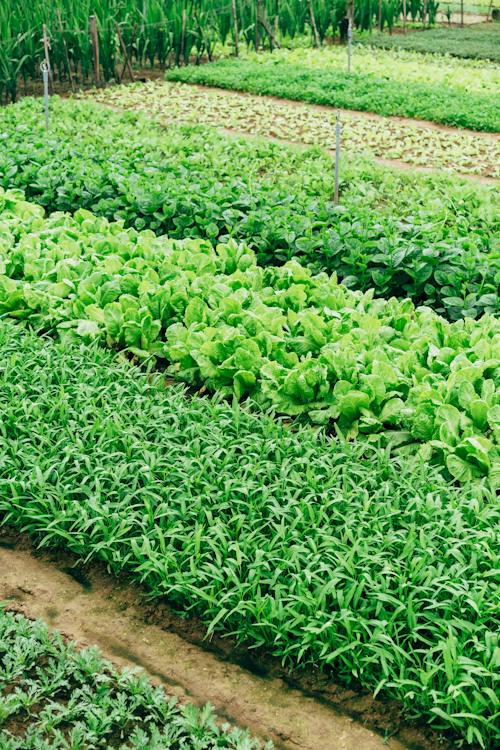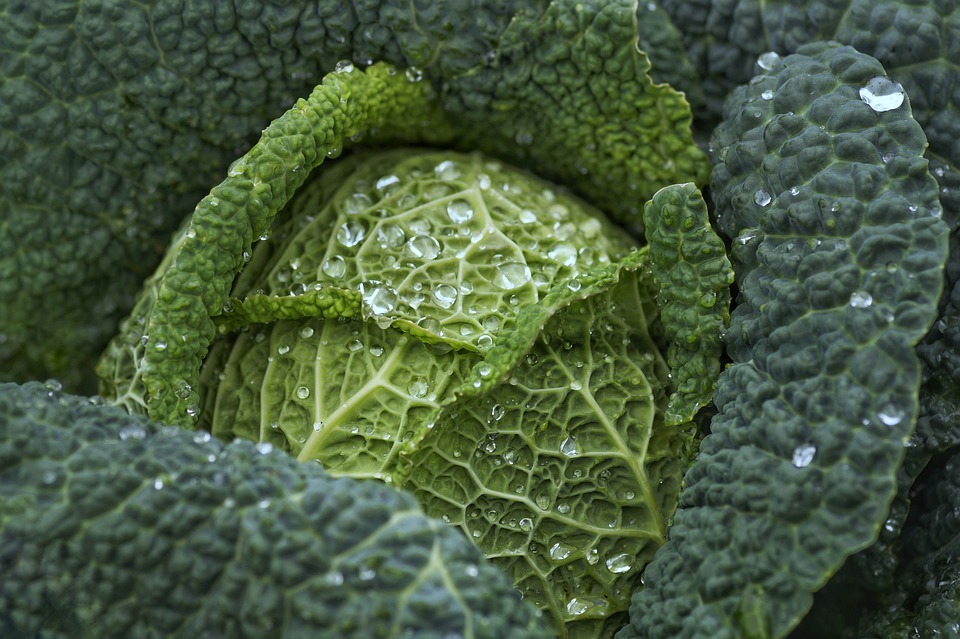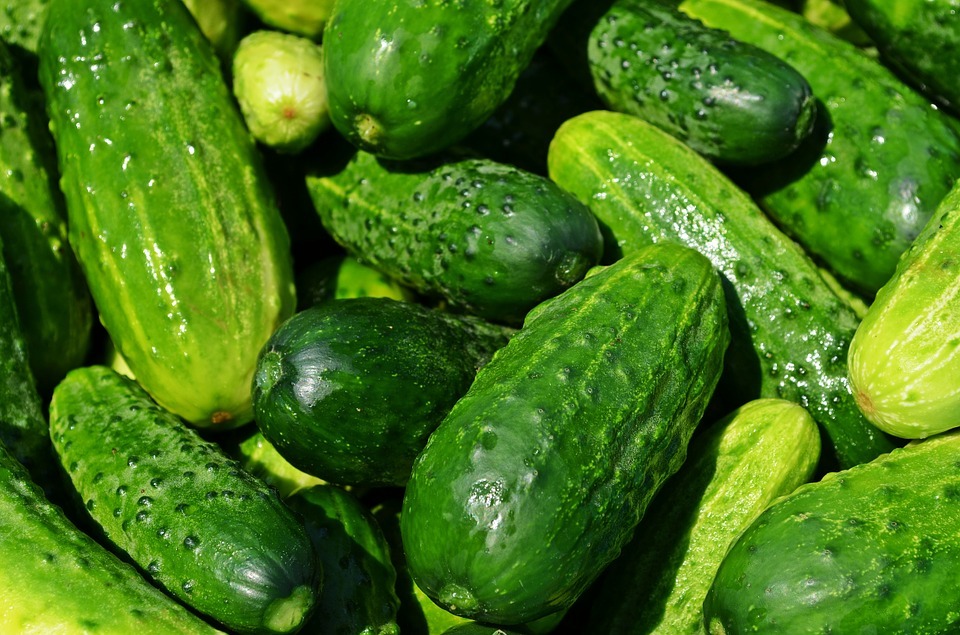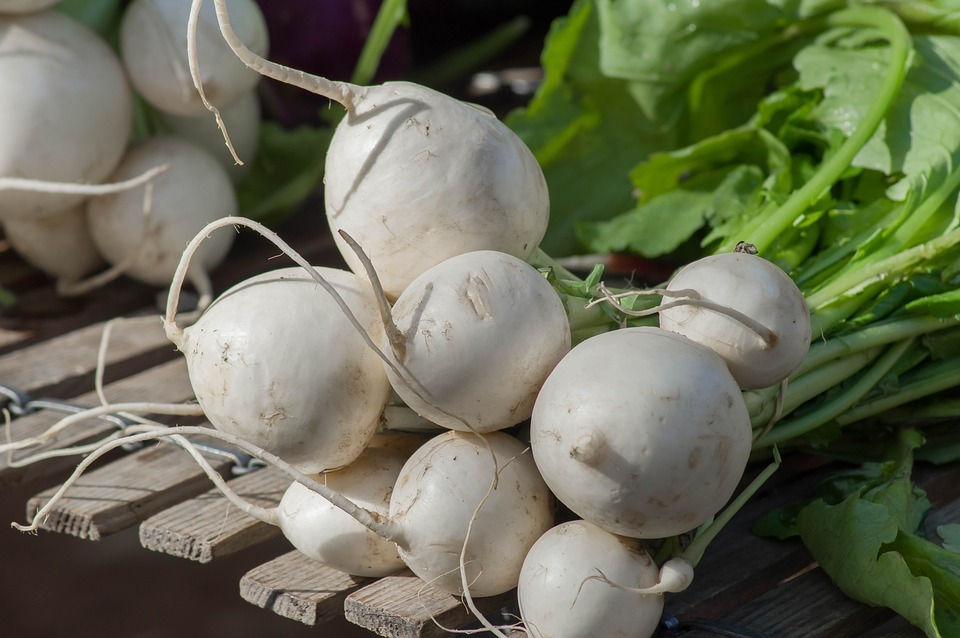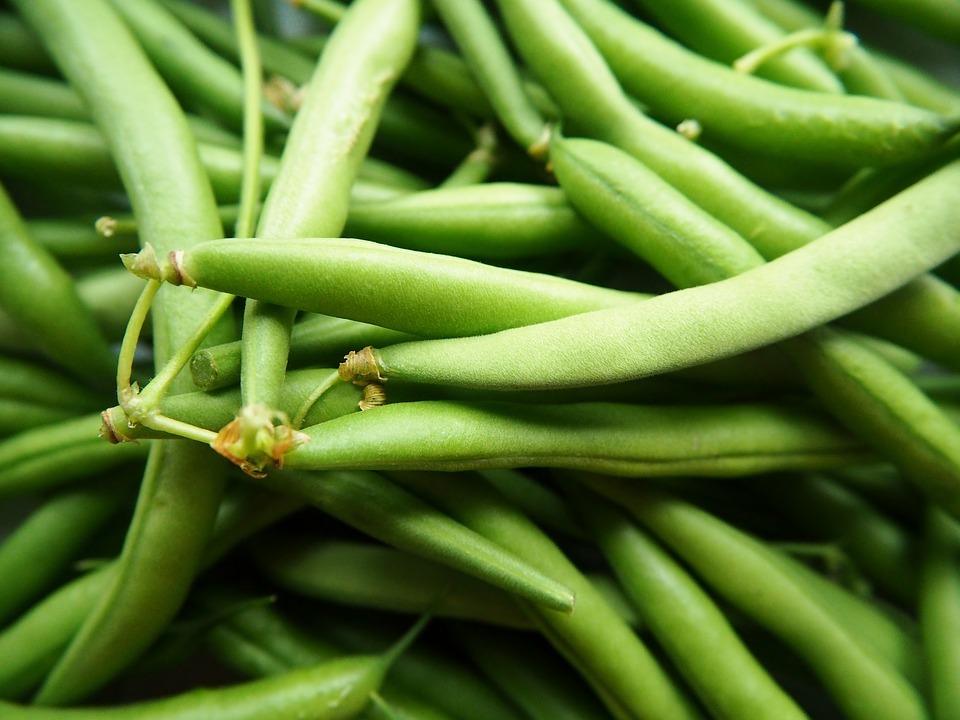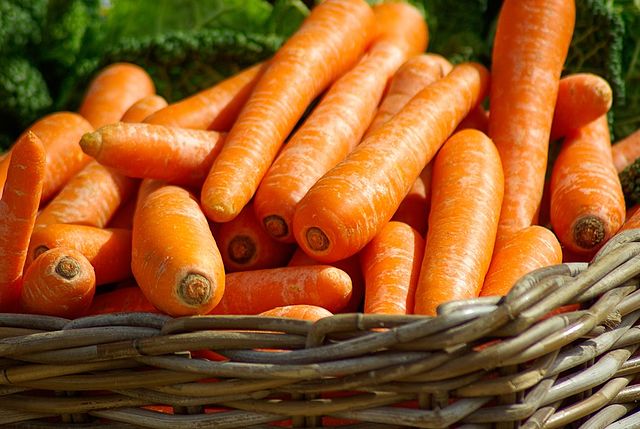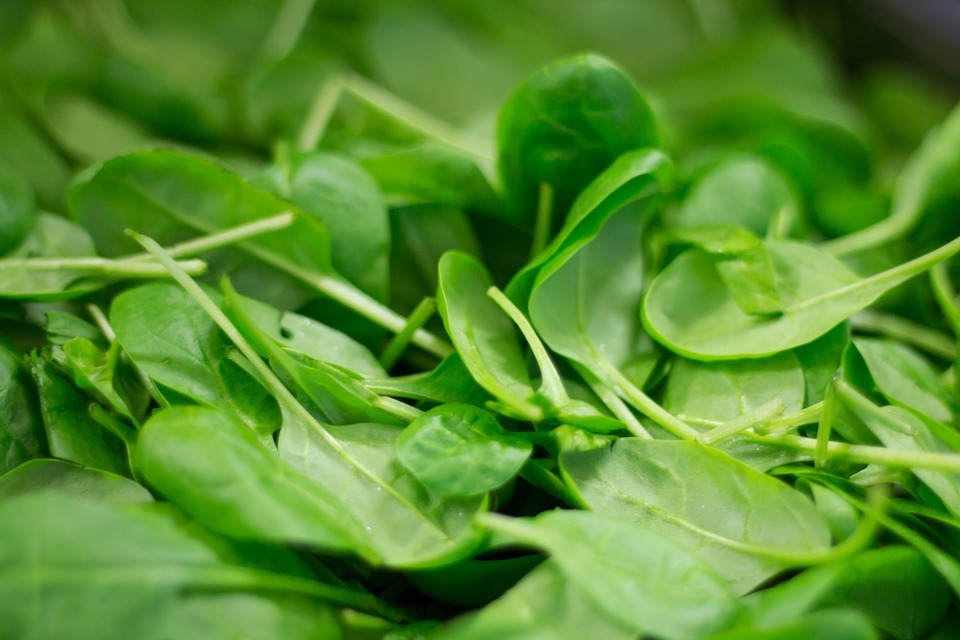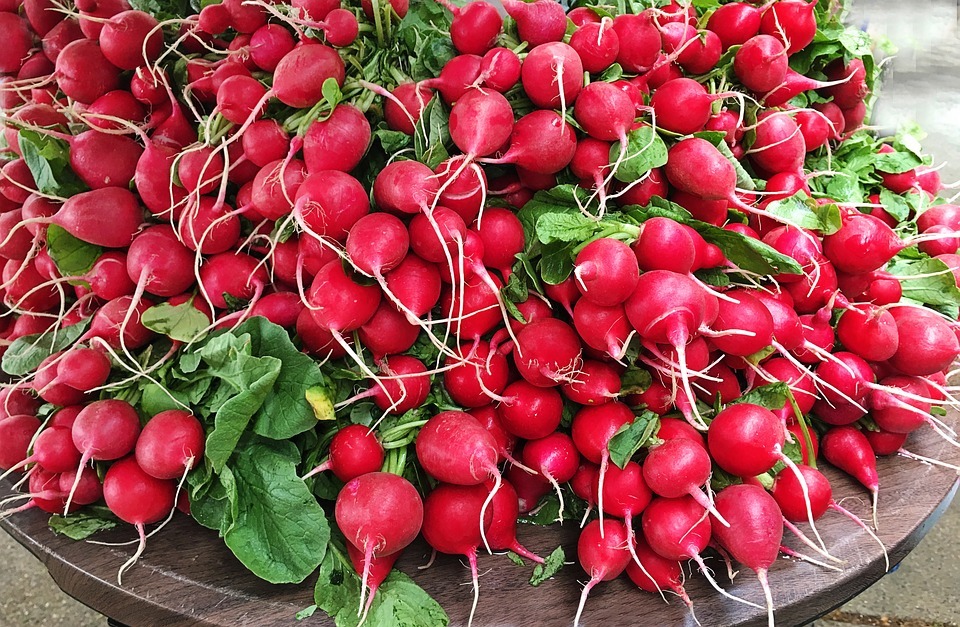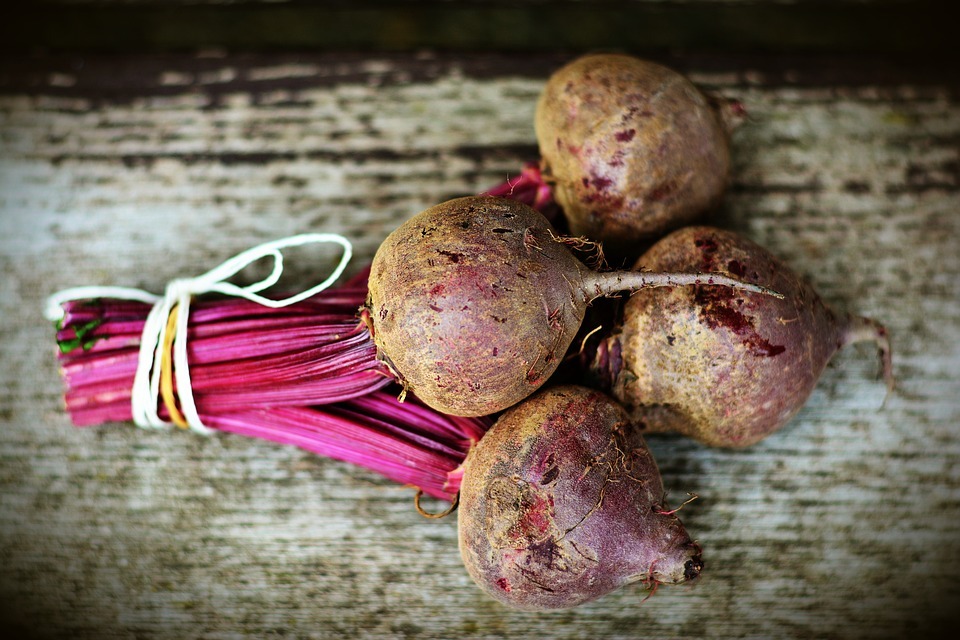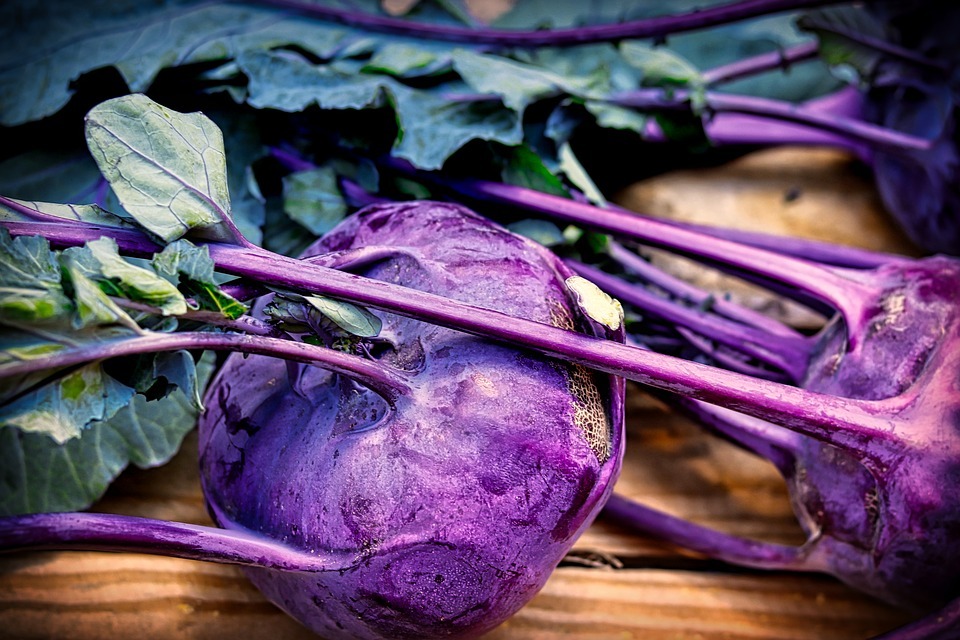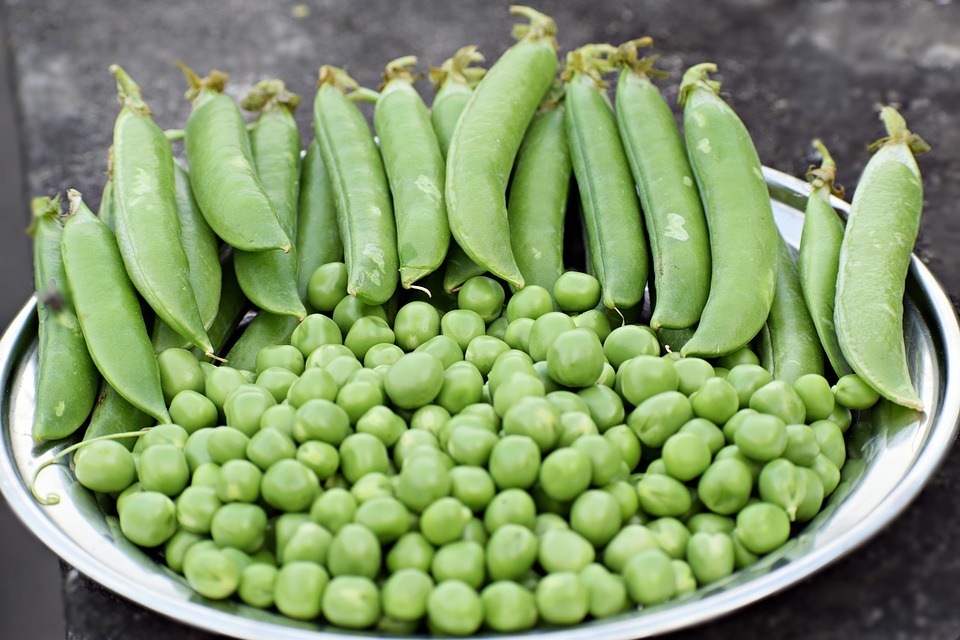Starting your own edible garden is a great way to save money because you’ll be able to harvest food to eat in your place instead of buying them in the market. It is also a good nice to have an edible garden in case certain calamities occur, and there’s a shortage of food supplies. However, one of the downsides of growing vegetables in your garden is waiting for them to be ready for harvest.
If you want to grow a vegetable garden at home, but you feel like it would just take too long, well, it doesn’t always have to. It’s because you can plant faster-growing vegetables in your garden that would only take weeks till you can harvest them. So, if you want to get fresh produce from your garden to your table as soon as possible, then you’re in the right place. Today, we are going to give you a guide to the fast-growing vegetables that you can plant in your garden.
Green Onions
Green onions are also known as spring onions or scallions. They are immature bulbing onions that are harvested early. When you plant green onions, they can be harvested as early as 70 days to 90 days. When you leave them in the ground, they will continue to develop into regular onions. If you want to harvest green onions, you can pick them when they are 6 to 8 inches tall, and a bulb has started to form. You can sow one or two rows of them every two weeks throughout the entire summer. It’s because they can grow easily through the hot summer months.
Green onions are also shallow-rooted. This means that you can plant them in containers with only a little extra water. Most of them are also ready to harvest when the stems become thicker than a pencil.
Potatoes
A lot of people think that you need a lot of room to be able to grow potatoes. But you can also plant them using larger containers or potato towers, and they grow quickly, too. Potatoes belong to the root crop category. Therefore, you can plant potatoes or chunks of potato with three or more eyes on them, about 2 inches into the ground. Their vines will eventually sprout above the ground, forming beautiful and attractive flowering plants.
The secret into having a bountiful potato crop is to continue pulling the dirt up onto the vines as they grow taller. Just leave 6 to 9 inches of leaves exposed. When the vines turn brown, it is time to harvest the potatoes. You can dig the whole plant up, turn over the dirt and sift through it for all the potatoes. If you want to harvest the potatoes earlier, you can do so by digging them as soon as the plant starts to produce flowers.
Bok Choy
Bok Choy is one of the two types of Chinese cabbage. It has a tall narrow head with thick white stalks and deep green leaves. It is popularly used in salads and stir-fry recipes. Most varieties of bok choy plants can be harvested as early as 45 to 50 days after planting. When you plan some bok choy vegetables in your garden, it should be placed where there will only be partial sun exposure. This makes it a great vegetable to plant indoors if you’re into indoor vegetable gardening.
Kale
Kale is a good place to start if you are looking into starting your very own vegetable garden. It is one of the best green vegetables that you can plant for cold-weather cooking. The leaves of kale come in different colors, such as green, burgundy, and blue-green. It may also be deeply cut, flat, curly, or ruffled. The color and flavor of kale improve with cool weather. You can pick baby greens as early as 20 days to 30 days after seeding. Then, mature leaves can be harvested after 30 to 40 days. To keep the kale plant producing, you can harvest the outer leaves only and leave the center for it to continue to grow.
Swiss Chard
Swiss chard is a rare vegetable that is beautiful and tasty. However, it does not tolerate the heat of summers incredibly well. The leaves of this vegetable are similar to that of spinach but a bit larger. It has stick stems that are celery-like in texture but tastes like asparagus. When you plant Swiss chard in your vegetable garden, you can start harvesting within a few weeks up to 12 weeks if you want to harvest the entire plant at once. As soon as the leaves of the swiss chard are large enough, you can start harvesting them using a sharp knife. Make sure that you won’t disturb the root system.
Cucumber
Cucumbers are one of the easiest vegetables to grow. And just one plant can produce lots of crunchy and refreshing cucumbers. If you have limited space in your garden, you can grow cucumbers on trellises and along fences to save space. You just need to keep them watered well to prevent moisture stress, which can make them bitter. Once fruits begin to grow, they will develop quickly in just 50 to 70 days of planting. You can harvest the fruits every few days to prevent oversized fruits that can be bitter and seedy.
Arugula
Arugula is another fast-growing vegetable that you can add to your vegetable garden. It is a leafy green vegetable that has a fascinating nutty and spicy flavor. When you plant some arugula in your garden, you can start harvesting them as soon as four weeks after planting. You can handpick individual leaves if you want to extend the harvest. If you don’t, then you can pull up the entire plant instead.
Turnips
Turnips are relatives of cabbage, and they are known for their spicy greens and mild-tasting roots. They grow best in cool conditions. Therefore, it’s best to plant them early in spring or in late summer for a fall crop. When you plant turnips in your garden, you can harvest them when they reach 4 to 6 inches tall. After planting, you can harvest their roots 45 to 50 days. This makes turnips one of the perfect vegetables to grow in a short period.
Green Beans
Green beans are one of the classic garden vegetables, and they taste amazing. When you plant green beans in your garden, you will notice the difference when you compare it to store-purchased green beans in terms of flavor. And when it comes to the time to grow them, they can grow easily. You can plant them in the garden soil. Bush beans grow on shorter stems and do not need support. Pole beans, on the other hand, are often available in the same varieties and will grow twining vines that will need trellis support.
You can harvest the bean pods before they are fully mature, enabling the plant to continue producing more fruit. When the bean pods start to mature, you can leave them to dry and harvest the bean seeds from heirloom varieties.
Carrots
You can also start a colorful vegetable garden with different varieties of carrots, which are also easy to plant and fast-growing. Aside from the popular and classic orange-root carrots, there are now other varieties, like those that come in rainbow colors such as red, white, yellow, and purple. Carrots also have different shapes, such as small and almost round, and as well as large and more cylindrical.
When you plant carrots in your vegetable garden, you can begin pulling them as soon as they develop full color. This is usually 60 to 80 days after planting. If you are planning to store them for the winter season, then you can wait to harvest until after the carrot tops have been exposed to several touches of frost. The cold weather can increase the sweetness of carrots.
Spinach
Spinach is one of the easiest vegetables that you can grow at home. When you plant some spinach in your vegetable garden, you can start harvesting individual lives 20 to 30 days after sowing and use them as baby greens. The whole plant can be harvested 35 to 50 days after seeding by cutting at the soil line or by pulling. Spinach is also one of the healthiest vegetables you can plant, as it is rich in iron, protein, vitamin A, and calcium.
Radishes
Radishes are also fast-growing vegetables, and they are fun to grow with kids. There are some types of radishes that are ready to be harvested as early as three weeks from seeding. You can harvest radishes as soon as they are big enough to eat. Also, remember that the longer radishes remain in the ground, the spicier they would become. When radishes are over matured, they will become woody, with cracked roots and the plants develop a seed stalk.
Beets
Beets are usually grown because of their delicious and sweet roots. But you can also eat their crisp leaves when they are harvested young. You can either sow seeds outdoors or plant them indoors if you have a shorter growing season or hard clay soil. You can also soak the seeds in water overnight first to let them germinate.
You can thin the beets to 4 inches, and the thinning can be used in salads. When they reach 1 to 2 inches, you can already harvest them by digging them up. But be careful when harvesting because the color of the beets can bleed if you are rough, and the roots will be bruised.
Kohlrabi
Kohlrabi is an unusual looking vegetable, but it is delicious. It is related to the cabbage and is neither a foliage plant or a root vegetable. The part of kohlrabi that you harvest is its swollen stem. You can harvest it while it’s still young, for you to get its sweetest flavor. When it is already between the size of a golf ball and tennis ball, then it is right for harvesting. You can cut away the foliage and store them for several weeks. When you want to eat them, you can prepare it by removing the tougher outer skin.
Lettuce
Lettuce does not grow as fast as the other vegetables listed here, but you can still harvest them within 12 weeks or less. When you plant lettuce leaves in your vegetable garden, you can start harvesting individual leaves sooner. If you wait a little longer, you can cut the whole plant. The best thing about growing your own lettuce is that you can plant different varieties of it.
You can plant lettuce seeds as soon as the soil in your garden can be worked in the spring. They are best planted in early spring or fall because the heat can cause them to bolt. You can find many different varieties of lettuce that you can plant and enjoy.
Peas
Peas are best grown in cool weather because heat can cease up their flowers. You can enjoy peas in early spring in places with a longer spring season. You can also plant them in fall gardens in places where summer heat comes on too quickly. Peas produce beautiful vining plants and delicious fruit that can also be preserved for eating later. When you plant peas in your garden, you can pick the pea pods when the peas begin to swell, but before they are full in the pod. It’s because the bigger they become, the starchier or less sweet they become. The plant will also shut down fruit production when the peas become fully filled in the pod.
These are some of the fast-growing vegetables that we can recommend. If you are thinking of creating a vegetable garden at home, you now know which vegetables you will plant if you want to harvest fresh produce early.
